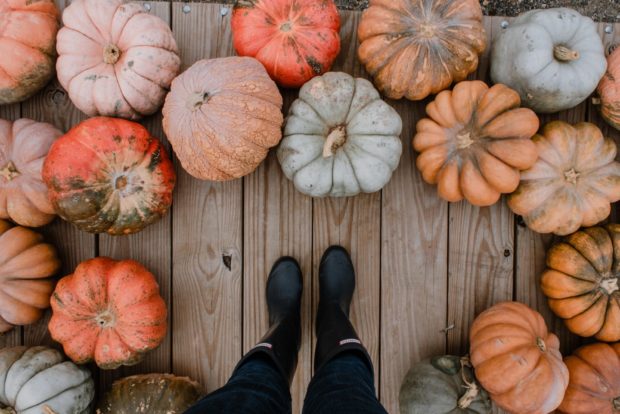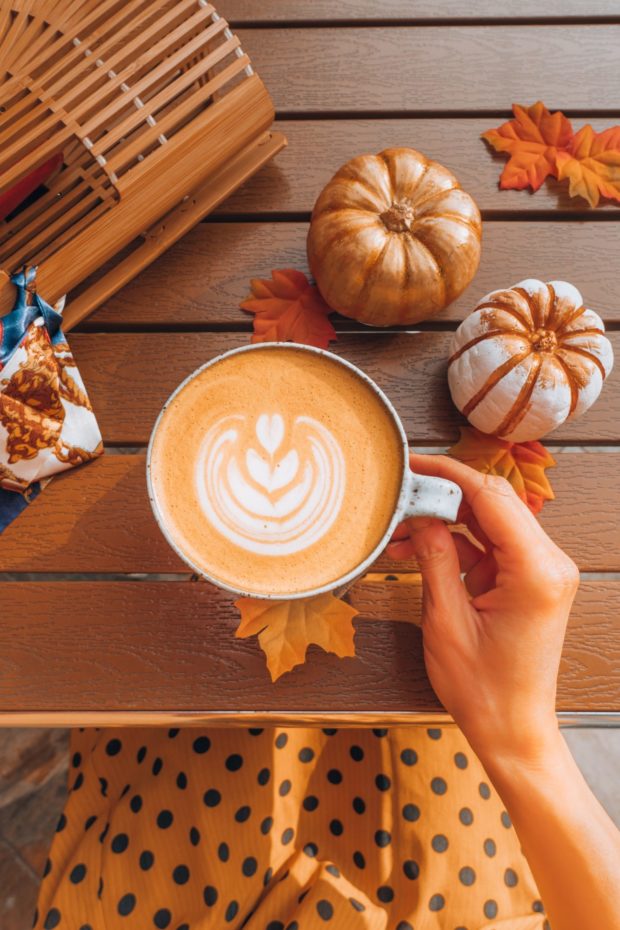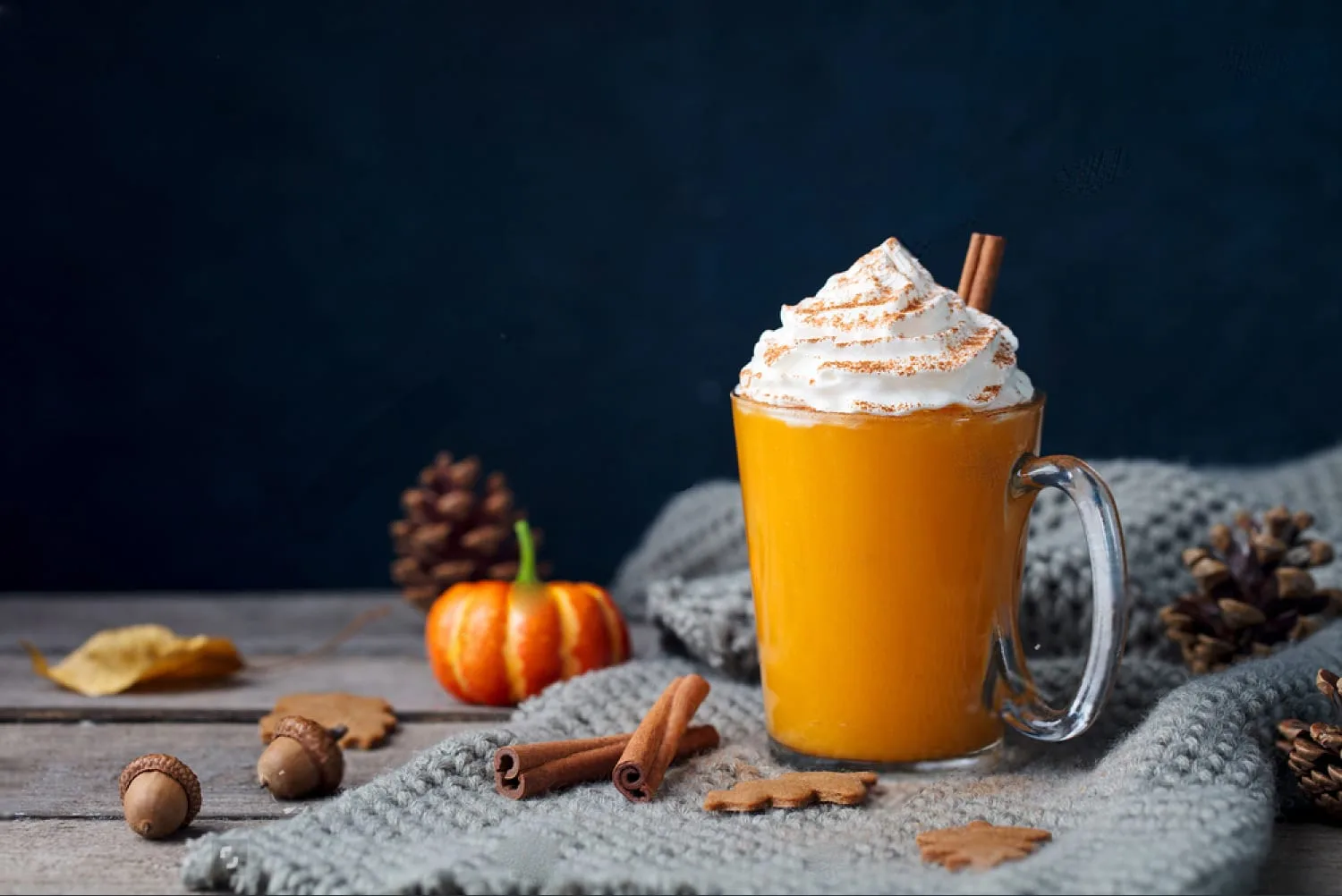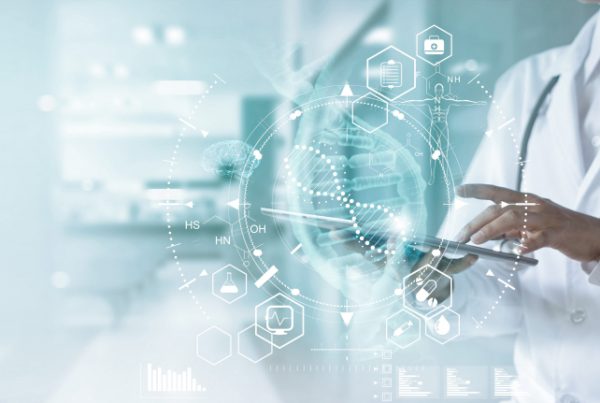Fall is officially here, which means that it’s pumpkin season. From pumpkin pies to pumpkin bread to pumpkin spiced lattes – this fruit is sure to be found everywhere. Nielsen found that in 2018, the sales of pumpkins hit an all-time high, rising up nearly 10% in dollar growth and more than 7% in unit volume from the same time the previous year.
However, while it’s a favorite autumn ingredient, does that mean we should be consuming all foods that have it featured? For instance, coffee drinkers may be looking forward to ringing in autumn with a warm cup of pumpkin-spiced lattes, yet would that be the best decision for their health? Before we delve into the dos and don’t of consuming pumpkin-based foods, let’s find out why this fruit has become such an American fall treat.
What are pumpkins?
Pumpkins are not only incredibly nutritious, and versatile, but they’re also low in calories. A winter squash, pumpkins are generally round and orange, with hollow inside sans for seeds and stringy flesh. Similar to the flesh, the seeds are also rich in antioxidants.
They’re native to North America, possibly Mexico, and yet are now grown all over the world. They come in different forms, with the most notable being Jack-o-Lanterns, miniature, white, and even giant (these are regularly used for contests).
Why the pumpkin obsession?
Everyone loves pumpkins, right? But where does their strong fall-obsession with this food come from? 
During the colonial period in America, the pumpkin wasn’t viewed as a sought out food as it is today. Rather, according to historian Cindy Ott, the pumpkin was viewed as a food of last resort. Initially, the colonists were not impressed with the food. Furthermore, pumpkins were so easily grown and plentiful during tough times thus they were easily accessible to everybody. This then led to them being viewed as peasant-food. Also, farmers would often use it as a source of food for their livestock. It’s clear that the pumpkin wasn’t exactly the most popular food back then. However, this soon changed.
The rise of the pumpkin
It wasn’t until the industrial revolution that the love for pumpkins began to grow. The industrial revolution led to the move from the countryside to the city, which then brought out the realities of the less than idyllic city-life. Amongst the general population, there was now a need and desire for a more rustic way of living. As a result, roadside farmsteads and weekend cottages began to pop up. Also, once cars became household goods, more city folks began to travel to get a glimpse of an authentic and wholesome American tradition.
“People could experience a piece of the farming life they came to romanticized — and they could take a piece of it [the pumpkin] back home to their lives in the cities” explains Ott. What’s more, this tradition has not faded over time as pumpkin festivals continue to be a fall tradition.
“People don’t put pumpkin in coffee or on the stoop for any reason other than the ideas that it represents. It symbolizes living off the land and it’s a way for people to maintain that connection,” adds Ott. “There’s not much truth to it anymore, but those ideas of where we came from are still really powerful.”
Do pumpkins have any benefits?
Their taste and nostalgia isn’t the only reason that pumpkins continue to be an American tradition. It may also have something to do with the many health benefits that come from the fruit’s nutritional content.
Anti-cancer properties
As mentioned, pumpkin seeds contain a high amount of antioxidants. This may help to prevent both the growth and spread of cancer cells. Additionally, thanks to its light orange color, pumpkins are high in carotenoids, which are also antioxidants, and these too can help reduce the risk of cancer.
According to a study published in the journal Nutrition and Cancer, pumpkin seeds may play a significant role in preventing as well as treating breast cancer. In regards to carotenoids, a meta-analysis linked the high intake of carotene-rich foods with a reduced risk of stomach cancer (1). Other foods rich in carotene include carrots, sweet potatoes as well as apricots.
Better sleep
If you’re battling with restless nights, you may want to try pumpkin seeds before you head off to bed. This is for two reasons:
Firstly, pumpkin seeds contain the amino acid, tryptophan. This compound has been linked to improving sleep quality. Second, magnesium can also be found in pumpkin seeds and this nutrient is often seen as a natural sleep aid. This is because it helps to maintain healthy levels of GABA – a neurotransmitter that helps to regulate and promote sleep.
Healthy skin
As mentioned, pumpkins are rich in carotenoids and these could be the secret to healthy, and ageless skin.
Beta-carotene is a carotenoid found in pumpkins. When you eat pumpkin, the body turns the beta-carotene into vitamin A. According to a study published in the American Clinical Journal of Nutrition, beta-carotene can act as a natural sunblock. Now, while nothing can ever beat a good SPF, it wouldn’t hurt to eat a pumpkin the next time you decide to spend some time in the sun.
Additionally, pumpkins are also incredibly rich in vitamin C, and this helps to encourage the production of collagen, which will then serve to leave the skin with a youthful and plump appearance.
Improved heart health
As mentioned, there are various nutrients in pumpkins, and these compounds each help to improve cardiovascular health.
For one, pumpkins are rich in potassium and studies have found that an intake of potassium can help to decrease blood pressure, as well as reduce the risk of stroke (2,3).
Second, pumpkins also contain fiber and, according to studies, a diet high in fiber is often associated with a reduced risk of heart disease.
Moreover, pumpkin seed oil has also been linked to reducing blood pressure, but also increasing levels of good HDL cholesterol (4).
Men’s Health
Some men don’t take the importance of their health seriously. However, adding more pumpkins to their diet could be the first step. 
Pumpkins help to improve fertility as well as reduce the risk of prostate cancer. Pumpkins are high in zinc, and studies have found that cancerous prostates show much less zinc when compared to healthy prostates. Therefore, zinc-rich foods such as pumpkins may help to prevent prostate cancer (5).
Protected eyesight
As mentioned, when one ingests pumpkin, the body converts the beta-carotene content into vitamin A. For those unaware, vitamin A is one of the top nutrients when it comes to healthy eyes. Therefore consuming vitamin-A foods, or rather foods with beta-carotene can help to lower the risk of eye-related disorders such as
cataracts – which can lead to blindness (6).
Moreover, pumpkin also contains lutein and zeaxanthin. These are two carotenoids that help to significantly reduce the risk of age-related macular degeneration (AMD) as well as cataracts.
Strengthened immune system
With all the antioxidants and nutrients found in pumpkins, it’s no wonder that it can help to strengthen your immune system and protect you from infections.
Vitamin A, E, iron, and folate help to boost the immune system. Vitamin C serves to increase the production of white blood cells, which also serves to fight off viruses and infections. Therefore, if you’re battling with cold, give the chicken soup a rest and rather opt for a warm bowl of pumpkin soup.
So, pumpkins are great but what about pumpkin spiced lattes?
You will find Pumpkin-Spiced Lattes in many coffee shops and other favorite outlets and the desire for this fall treat continues to grow. However, It’s important to note that the average coffee shop is unlikely to offer you a pumpkin-based latte that will provide you with any of the above-mentioned benefits.
For one, Starbucks has already faced concerns over the nutrient density of its famous beverage (A 16-ounce cup with 2 percent milk and whipped cream has 380 calories and contains 50 grams of sugar. This is already beyond the American Heart Association’s recommendation of 25 grams of sugar each day.) So before you officially make the pumpkin-spiced latte your fall drink of choice, it’s important to be conscious of the ingredients that it may contain.
What’s in it?
Artificial flavors
While it may taste like pumpkins, coffee shops may be using artificial flavorings to create that pumpkin taste that has become so synonymous with American culture.
Caramel Color
Some outlets use caramel color in their lattes. One of the most common food dyes in the world, the International Agency for Research on Cancer declared caramel color ( 4-methylimidazole, or 4-Mel) as a possible carcinogen.
Carrageenan
It appears the creamier the whipped cream is on your latte, the more at risk your health is.
Aside from the added sugar, whipped cream contains carrageenan which is a compound derived from red seaweed and used for gelling, thickening, and stabilizing foods and drinks. However, research has linked this compound to gut inflammation, cancer as well as malignant tumors.
Sugar – a lot of it.
As mentioned, there’s a lot of sugar in pumpkin spiced lattes at coffee shops. This often comes in the form of high fructose corn syrup that is used to flavor the beverage. High fructose corn syrup is incredibly damaging to the body. This is because it can lead to numerous health concerns that include diabetes, heart disease, and obesity.
If that’s not enough, the high levels of sugar in pumpkin lattes can also lead to dependency, which then soon leads to sugar addiction.
Can I satisfy my pumpkin spice cravings?
You can still enjoy this autumn treat without all the risks associated with the drink.
Try out this delicious, vegan recipe that is dairy-free, gluten-free, and also free of sugar yet rich in a number of essential nutrients.



![women [longevity live]](https://longevitylive.com/wp-content/uploads/2020/01/photo-of-women-walking-down-the-street-1116984-100x100.jpg)










